Discover Sunderland's Iconic Roker Lighthouse and How You Can Take a Tour
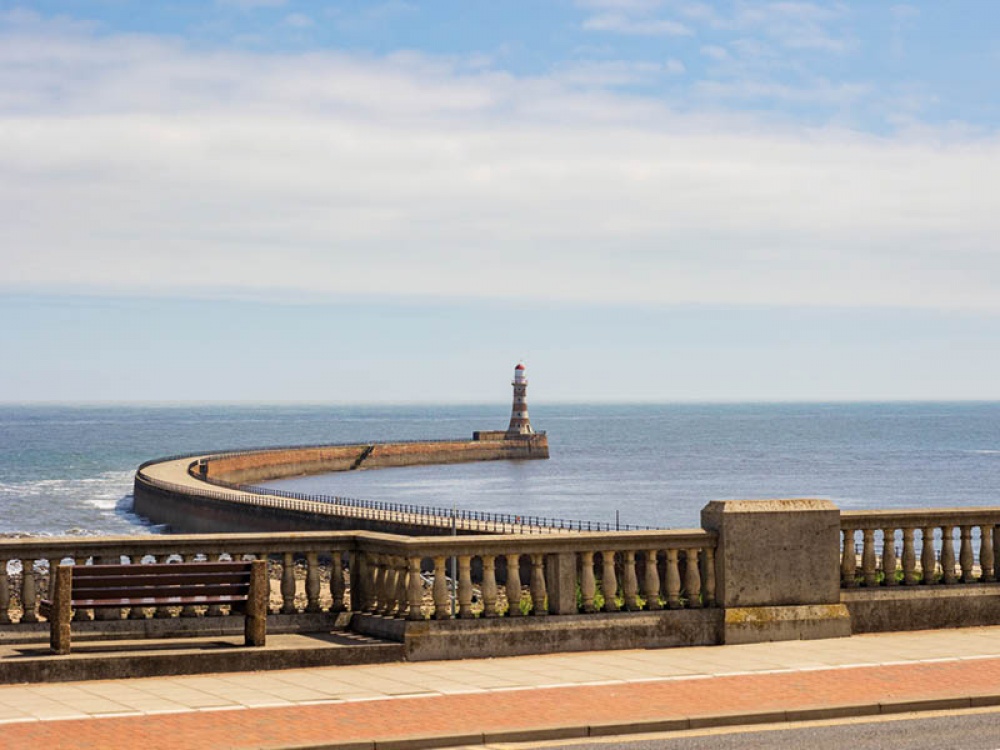
It's the Year of the Coast, so Living North head to Sunderland's iconic Roker Pier and lighthouse as the popular tunnel tours return for the summer season. Volunteer tour guides Steve Breeze and Lynder Mathieson lead the way
By the late 19th century however, the two piers which protected Sunderland’s harbour were proving woefully inadequate, so local engineer Henry Wake had an idea. He proposed the construction of a new outer harbour with two curving piers effectively encompassing the mouth of the Wear, leading to the construction of the New North Pier (better known as Roker Pier). If you’re wondering what happened to the New South Pier – it was never fully completed because building was disrupted by the start of the First World War. ‘Sunderland was becoming more and more popular as we were shipping an awful lot of coal out the Wear,’ Lynder explains. ‘Sunderland was an important port and Henry felt that the entrance to the Wear needed to be better for the bigger ships coming in.’
‘He was very important was Henry Wake,’ Steve adds. ‘He was a bit of an unsung hero. Within the engineering community, he’s up there with the likes of Brunel. He was a very important man, but very understated. He not only designed the pier and the lighthouse, he also designed and helped build all the machinery used. He constructed two ships which basically cleared and laid the foundations for the New North Pier and he designed a crane called Goliath, which was the biggest steam-powered crane in the world at the time. He didn’t just draw the plans, he did everything – he was a really clever guy. He was born in Sunderland and he’s buried in Sunderland. He’s someone we’re really proud of.’ Most cleverly, he decided to use red and grey granite in the lighthouse construction, not because he was an SAFC fan (although we’re sure he would’ve been), but the distinctive red and grey colour of the Aberdeen granite used meant it wouldn’t need repainting.
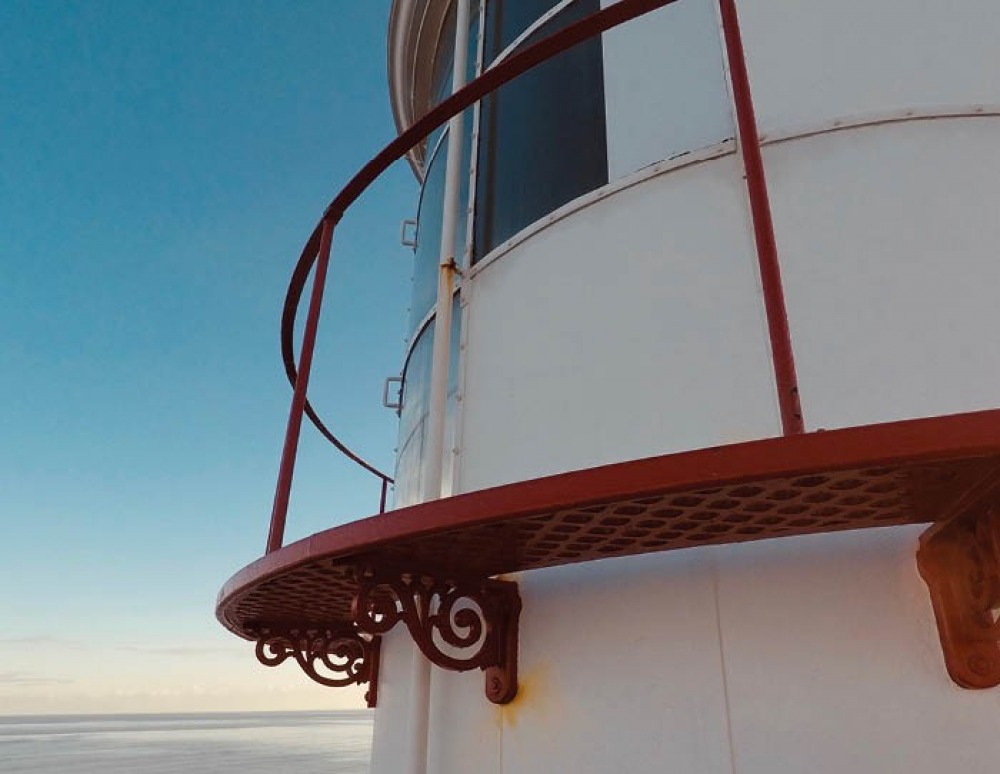
The lighthouse at Roker Pier has always been an operating lighthouse, and still is today. ‘It’s a navigation lighthouse, and the tunnel was used by the lighthouse keeper to reach the lighthouse in bad weather.’ Steve explains. ‘It worked like that ’til 1972.’ The Port of Sunderland Authority then took over The River Wear Commissioners and the lights were then controlled remotely. ‘When you come to do the tour you’ll see it was actually all blocked off,’ Lynder adds. ‘The pier, tunnel and lighthouse were just left to decay, but in 2012 money was given by the Heritage Lottery Fund and Sunderland Council, and extensive restoration work took place between 2012 and 2016, aiming to restore the structure to its former glory of when it opened in 1903.’
The Grade II-listed structure had fallen into disrepair after decades of neglect. But the lighthouse interior, pier surface and railings, as well as the tunnel floor and drains have been improved and a new entrance structure at the mouth of the tunnel has improved accessibility. Despite a set-back in 2016 thanks to the Beast from the East (when gale force winds and huge waves washed away the railings and the coping stones they were cemented into at the far end of the pier), tours began in 2018.
When you take a tour, you’ll meet volunteers like Steve and Lynder (always two per tour) and you’ll be given an overview of the history of the pier. ‘There’s a few maps to look at and once the talk’s over we walk across to the portal entrance of the pier where you’re given a hard hat and a health and safety chat,’ Lynder says. ‘Then we go through the tunnel where we’ll have really high-spec torches because there’s no electricity down there.’
‘People tend to get very concerned that there may be rats in the tunnel, but there’s no food source down there,’ Steve cuts in. ‘The only creature you’ll ever see are the little crabs that come up and get stuck. We rescue them and release them, but they come back so I think we’ve got seven or eight at the moment.’ Steve starts myth-busting, easing our concerns about the tunnel. ‘It isn’t claustrophobic. I’m nearly 6ft tall and I can stand up straight, and it doesn’t smell! But it can get a little bit silty and muddy underfoot because water does come in so you’ve got to wear wellingtons or good waterproof walking boots.’
When you reach the basement of the lighthouse, you’ll follow the guides up, learning about each floor (the old workshop and the engine room, for example) as you go. ‘We’ve got historical information but also a few tales to tell, and when we get to the top we show you how the light works and point out what you can see from the top,’ Lynder adds. This is a great photo opportunity (but you can take photos at any point throughout the tour).
Read More: A New Coffee Pod Lands on Roker Seafront (And It Looks Out of This World)
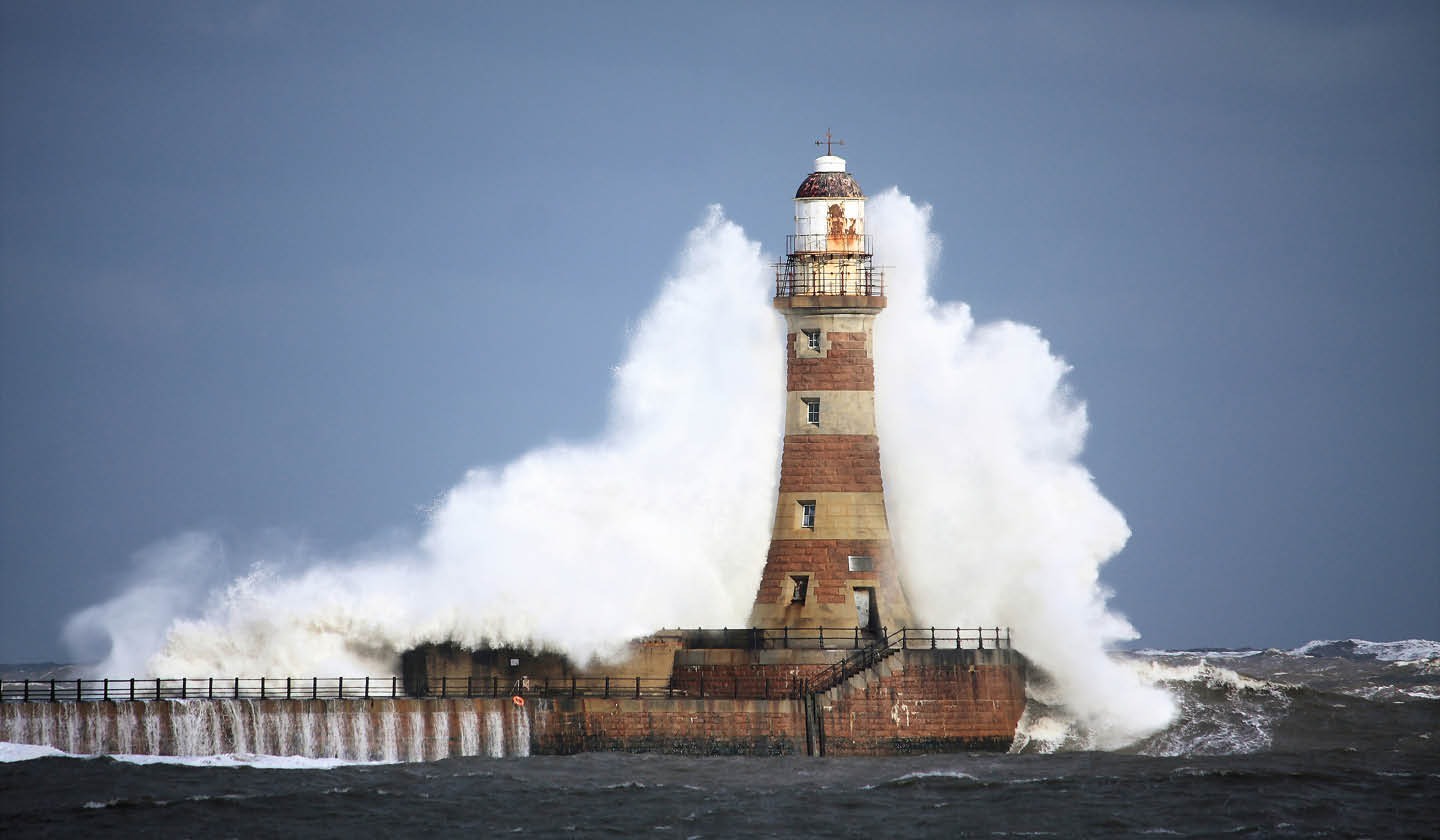
The tours prove just how iconic the lighthouse and its pier is to Sunderland. ‘There are images of it everywhere in the city,’ Steve explains. ‘It’s on school badges, you’ll see it on walls, and people use it in advertising – it’s a very iconic building. I believe that when it was closed in ’72, there just wasn’t the interest there in local heritage or history. So it was just left. But it got to a point where people were realising that this is an important structure for the city. It’s beautifully restored inside; it isn’t how you’d imagine; it’s not utilitarian and it isn’t just a big building with a big staircase. Each one of the stripes on the lighthouse is its own floor and it’s fully restored to its Victorian splendour. People love it. When I got involved, I thought, who’s going to come and see this once the people of Sunderland have? But it’s unbelievable. We get people visiting from all over the world. Some come and stay in the local hotels, do a tour on the Saturday, and then do it again on the Sunday and we get fantastic feedback.’
Lynder says some tours can last up to two hours. ‘That gives you some idea of how much there is to talk about,’ she laughs. ‘There’s so much to see, and people don’t realise that. It’s something that Sunderland can be really proud of.’
Read More: Fun Days Out in Sunderland and Whitburn for all the Family
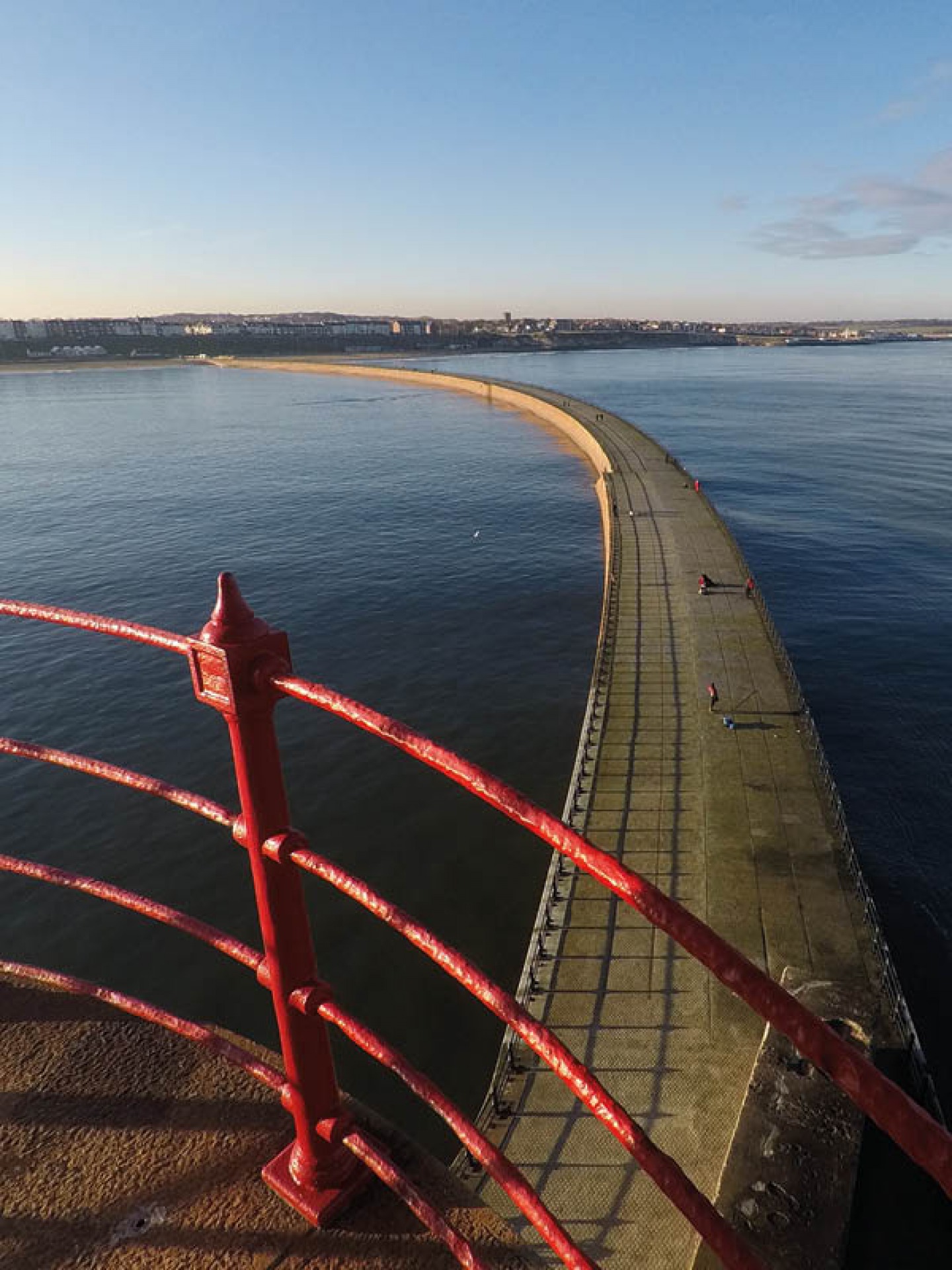
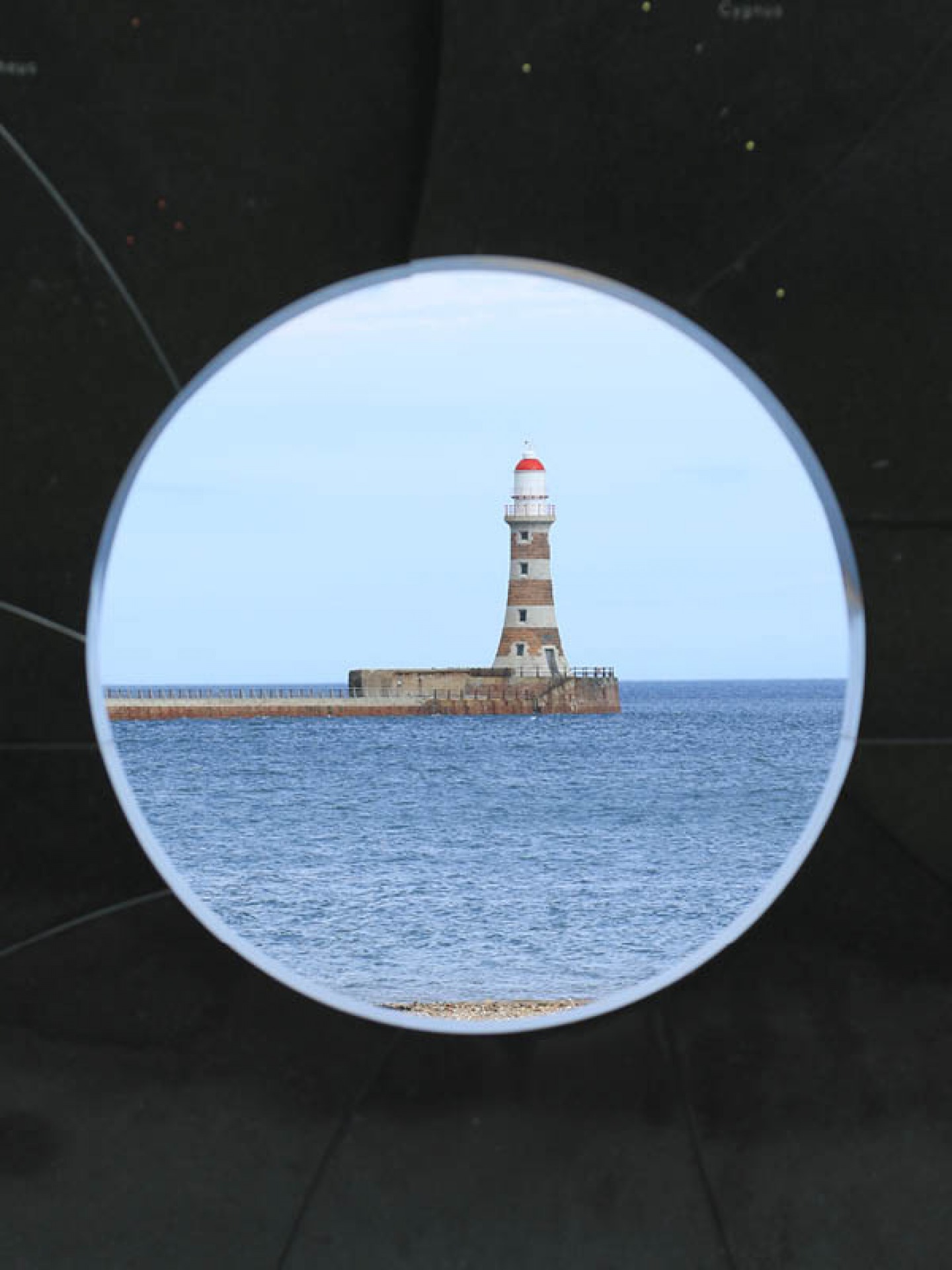
‘Some visitors come down and will just want to walk through the tunnel, go to the top of the lighthouse and want to see some dolphins. But others will want to know what boats we use, and what Henry had for his lunch,’ Steve laughs. ‘But everybody seems to enjoy it. Demand at the moment is amazing and we’re desperate for more volunteers. The more guides we get, the more tours we can do.’
As plenty of restoration work continues in Sunderland and along its seafront, Steve and Lynder encourage visitors to enjoy a day out there after their tour. ‘There’s a lovely walk along the river which goes from the marina to St Peter’s Church and there’s lots going on in Sunderland at the minute,’ says Steve. ‘As a city, we’re restoring a lot of buildings and people do seem genuinely more interested in our local history. Our seafront at Roker and Seaburn is gorgeous and there are plenty of cafés and restaurants, two fish and chip shops and a decent pub at the end.’
‘On the tour we also talk about buildings in the city and along the seafront which are associated with the pier,’ adds Lynder. ‘People want to know the origins of all these buildings and it’s great for Sunderland that there’s so much to see in the immediate area around the pier.’







